On 5th and 6th October, the XVI International Seminar of History and Climate entitled Climate and Natural Disasters on both sides of the Atlantic from the sixteenth to the nineteenth centuries. Strategies of prevention and defence, building of knowledge and narration was held at the University of Alicante. This event is the result of the collaboration between DisComPoSE and the Spanish research project Catástrofes de causa climática y natural, gestión de la emergencia y discursos políticos, científicos y religiosos en el Mediterráneo occidental y la América Hispana, siglo XVIII, directed by Armando Alberola and Cayetano Más Galvañ.
The seminar aimed at analysing the impact of extraordinary natural events – climatic (cold, heat, drought, heavy rains, and floods), geological (earthquakes and volcanic eruptions) and biological (agricultural infestations, diseases and epidemics) – on early modern societies.
In this framework, the DisComPoSE researchers Domenico Cecere, Yasmina Ben Yessef, Alessandro Tuccillo and Armando Alberola presented extracts from the research they are currently developing in the field of Disaster Studies.
During the speech entitled Jerarquías de conocimientos frente a desastres: predicadores, jueces y expertos en el Reino de Nápoles (ss. XVII-XVIII), Cecere reflected on the similarities and differences between the reactions of the ecclesiastical and political institutions of the Kingdom of Naples to the calamities that occurred in the territory between the mid-seventeenth and early eighteenth century. The DisComPoSE P.I. showed that the hierarchies of knowledge and skills varied depending on who promoted or applied the different intervention measures. In addition, through the analysis of various types of sources, he shed light on how public authorities intervened in emergency management and the subsequent reconstruction, as well as on the cultural and political strategies with which they sought to legitimize their actions.
Yasmina Ben Yessef presented a report entitled La erupción de Huaynaputina entre América y Europa: la construcción y la transmisión del relato a través de las Redes religiosas (siglos XVII-XVIII). She investigated a rarely discussed theme: the way in which the story of the eruption of Huaynaputina was built, communicated and transmitted between the sixteenth and seventeenth centuries by the religious orders who played an extremely important role both in the immediate management of the crisis, and in its dissemination and narration in subsequent years. Ben Yessef analysed some of the handwritten and printed sources produced by several clerics who witnessed the eruption or who, over the years, participated in the crystallization of a specific interpretation of the catastrophe with clear moral and political objectives.
Alessandro Tuccillo gave a speech entitled Interpretar la catástrofe: el terremoto de Foggia de 1731, dealing with the earthquake in Foggia in 1731. As the researcher pointed out, this earthquake did not have the same media impact as that elicited by other earthquakes of that time. Nevertheless, this catastrophe was a periodizing event for the urban history of Foggia and its analysis allows us to better understand the political and institutional dynamics realized to manage disasters during the period of the Austrian domination of the Kingdom of Naples. By studying the printed reports, the correspondence of the apostolic nuncio in Naples and the documentation of the Dogana delle pecore, Tuccillo was able to demonstrate the persistence of political religious and social tensions, in a context in which the interpretation of the catastrophe still complied with the traditional providentialist paradigm.
Finally, Armando Alberola gave a presentation entitled Los terremotos de Calabria y Messina (1783) según un jesuita español expulsado. El padre Gustá y su Stato felice ed infelice della Calabria e Messina. In his speech, Alberola analysed the causes of the earthquakes indicated by Gustá in his Stato felice (1783) and compared them with previous scientific interpretations present in works such as Kircher’s Mundus Subterranus (1665) and the Diary in 64 volumes by the Galician Jesuit Manuel Luengo (1735-1816). Like Kircher, Gustá embraced the organicist thesis and, unlike Luengo, in his explanations on earthquakes, he renounced the militant providentialism that characterizes the Diary. Indeed, as Alberola pointed out, Luengo’s thesis on the causes of earthquakes must be linked to the decision to expel the Jesuits in 1767, a measure that, according to Luengo, would explain all the calamities that the Spanish Bourbon monarchy suffered subsequently.
Go to the program of the seminar

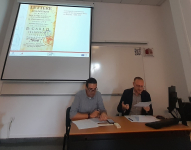

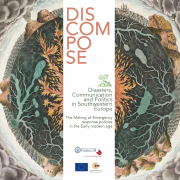
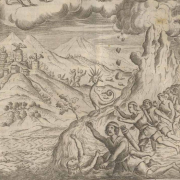

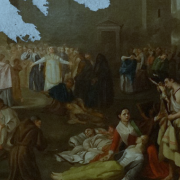
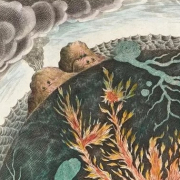






Leave a Reply
Want to join the discussion?Feel free to contribute!